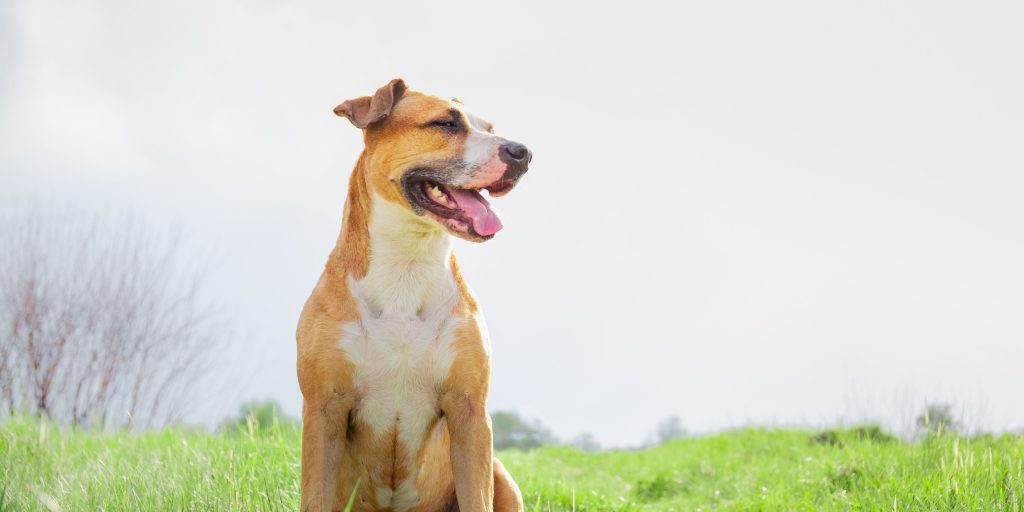The post aims to provide dog owners with practical and effective ways to help their dogs become more confident and self-assured. The post will cover various tips and strategies, including positive reinforcement training, socialization, and exposure to new experiences, that can help dogs overcome their fears and anxieties, and build their self-confidence. The goal is to provide actionable advice that dog owners can implement in their daily routines to improve their dog’s overall well-being and happiness.

As dog owners, we want our furry friends to be happy and confident in their daily lives. However, some dogs may struggle with confidence, leading to behavioral issues and anxiety. In this blog post, we’ll discuss tips and strategies for boosting your dog’s confidence and helping them become a happier and more confident canine companion.
1. Socialization:
Socializing your dog with other dogs, people, and new environments can help them build confidence and reduce anxiety. Taking your dog to dog parks, training classes, and on regular walks can help them become more comfortable in new situations.
2. Positive reinforcement:
Using positive reinforcement training techniques, such as treats and praise, can help your dog feel more confident and secure. Rewarding good behavior and ignoring bad behavior can help your dog learn what is expected of them and feel more confident in their abilities.
3. Exercise:
Regular exercise is essential for both physical and mental health. A tired dog is a happy dog, and exercise can help reduce anxiety and build confidence. Taking your dog on long walks, hikes, or runs can help them burn off energy and feel more confident in its abilities.
4. Playtime:
Playtime is not only fun for your dog, but it can also help them build confidence. Interactive toys and games, such as fetch and tug-of-war, can help your dog feel more confident in their abilities and strengthen your bond.
5. Consistency:
Consistency is key when it comes to building your dog’s confidence. Establishing routines and setting clear boundaries can help your dog feel more secure and confident in their daily life.
Conclusion:
Building your dog’s confidence is an essential part of being a responsible dog owner. By using these tips and strategies, you can help your furry friend become a happier and more confident canine companion. If you have any questions or concerns about your dog’s behavior or confidence, don’t hesitate to chat with us on our website. Our team of experts is always here to help you and your furry friend.

Frequently Asked Questions:
Why is it important to boost a dog’s confidence?
A confident dog is generally happier, more well-behaved, and easier to train than an insecure dog. By boosting a dog’s confidence, you can help them feel more comfortable in different situations, build a stronger bond with them, and improve their overall quality of life.
What are some signs that my dog lacks confidence?
Some signs that your dog lacks confidence include cowering, hiding, excessive barking, destructive behavior, and excessive licking or grooming.
How can I boost my dog’s confidence?
Some ways to boost a dog’s confidence include providing plenty of positive reinforcement, gradually exposing them to new experiences, and practicing obedience training regularly. It’s also important to make sure your dog gets plenty of exercises, socialization, and mental stimulation.
What should I avoid when trying to boost my dog’s confidence?
You should avoid using punishment or negative reinforcement, forcing your dog into unfamiliar situations, or exposing them to situations that are too overwhelming or scary. These approaches can backfire and make your dog even more insecure.
How long does it take to boost a dog’s confidence?
The amount of time it takes to boost a dog’s confidence can vary depending on the dog’s personality, history, and current level of confidence. It’s important to be patient and consistent with your training, and to avoid pushing your dog too far too fast. With time and effort, most dogs can become more confident and well-adjusted.



